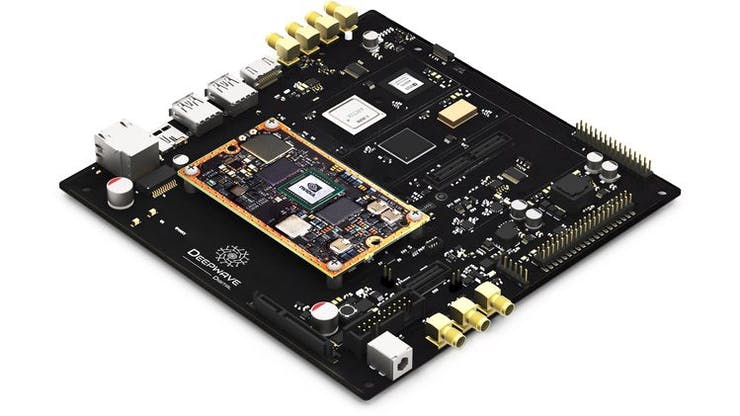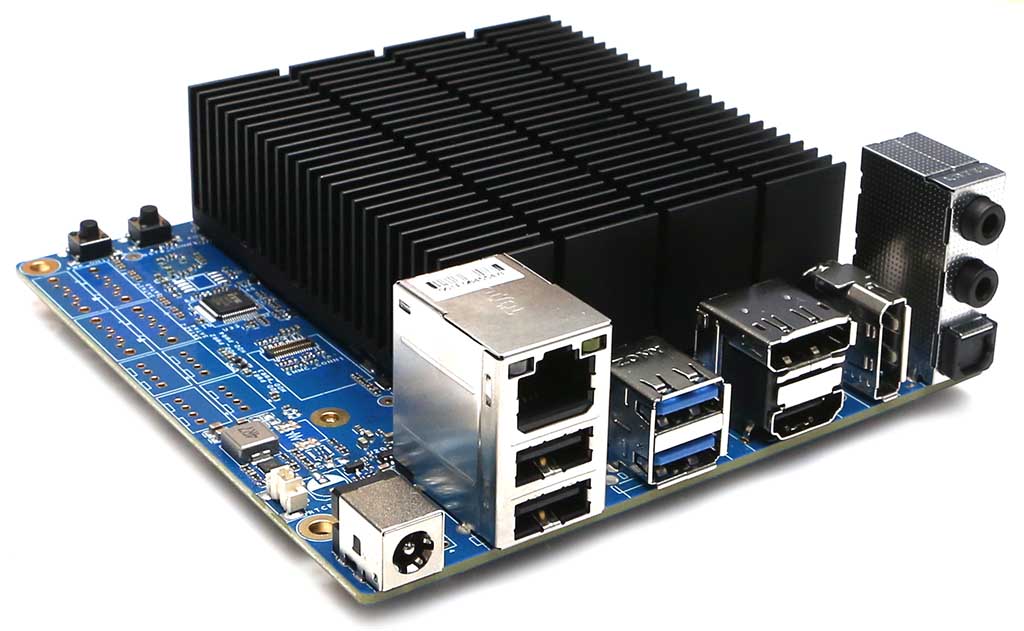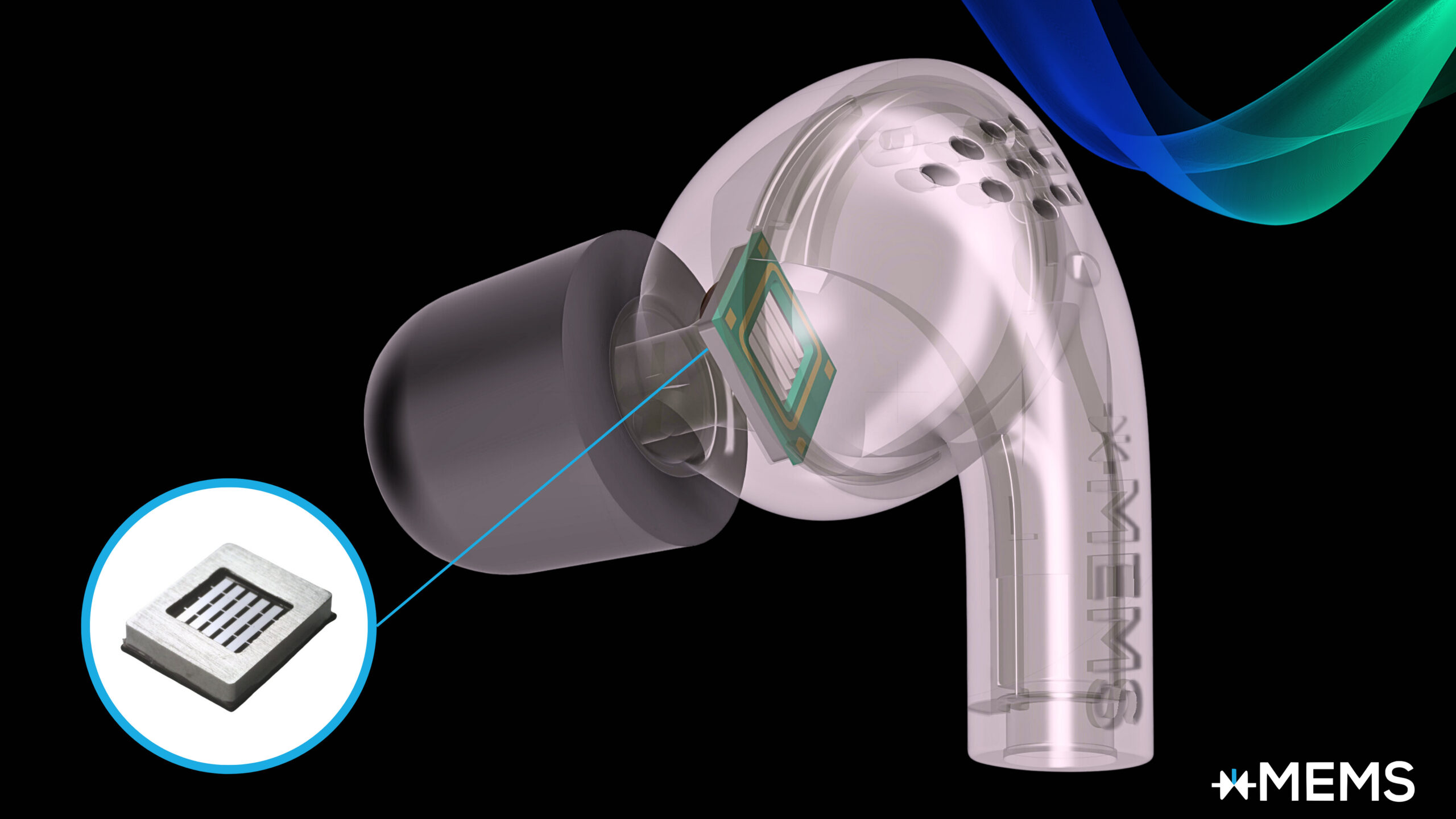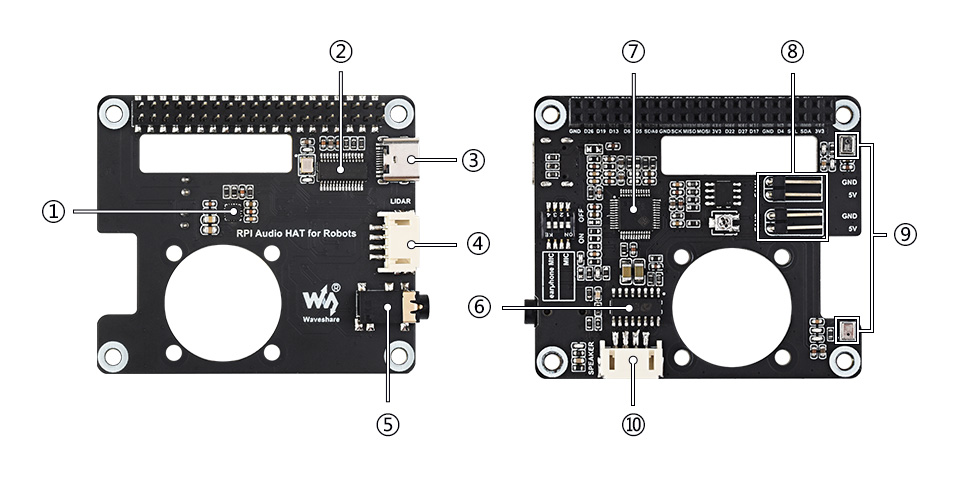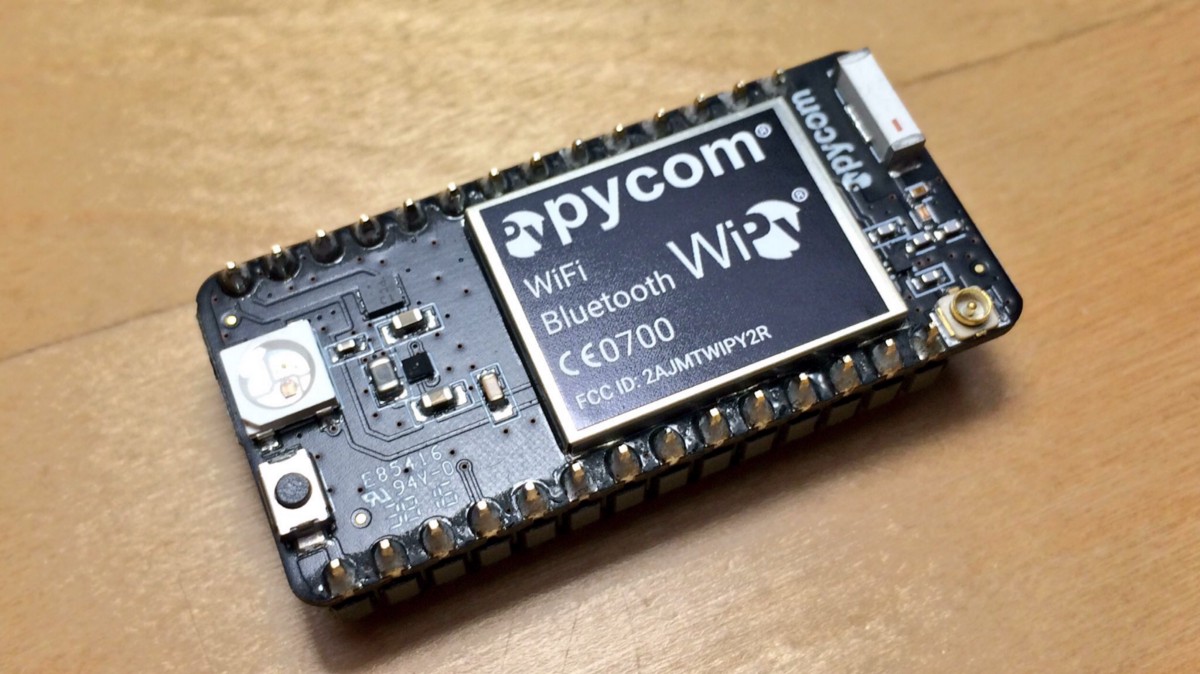
Nowadays, Wi-Fi is a word we hear often, and it is a technology that we use all the time. There are around 279 million Wi-Fi hotspots in the world, and in 2021 that number is expected to increase to 542 million hotspots. The wireless nature of this technology allows users to access a network from any convenient location. Wi-Fi chipsets are pieces of hardware designed for wireless communication and they are cheap, and readily available, but the range don’t match the expectations, and configuring its coverage is no easy task.
Support for the 802.11 LR mode in the ESP-IDF was added at the end of 2016. The 802.11 LR mode can achieve a 1 km line of sight range if both the station and the Soft-AP are connected to an ESP32 device.
ESP32 is a low cost, low power system on a chip (SoC) with Wi-Fi and Bluetooth capabilities. It was created for mobile devices, wearables electronics, and for Internet of Things applications. The devices have low power consumption. The EPS32 uses Tensilica Xtensa LX6 microprocessor and it was created by Espressif systems.
The mode was included quietly, so there has not been much talk about it, but some people noticed the inclusion, and have been testing the long-range mode in the field. Enabling the mode requires only a function call, making it easy to use. The long-range mode comes with a cost which is the data rate which is significantly reduced. In addition, a lot more can be done if the common router antenna is replaced by directional antenna.
This device has already been tested by some users for drones and long-distance applications, but there is no formal data about the device’s performance, problems, and even the applications are not clear enough. The recent increase in popularity could lead to conclusive data which could make the mode more reliable.
The applications for this includes remote drone video, telemetry (collecting data at remote or inaccessible points and transmitting it for monitoring), wardriving (finding Wi-Fi hotspots from a moving vehicle) etc. There are many possibilities, but we must give makers time to figure this new mode on their own, and to test its capabilities.







